The First Date
Sam “King of the Hilltop”
Recap
For those catching up, this series is for people who are unsure, or just learning about, the process of commissioning art for their board game. In our first post, we talked research and finding artists. Our second post went over how to approach them. At this point you have finalized who is doing the artwork and you have signed the contract. Now, it’s time to start the really fun part and get that artwork started!
Quick Note On Contracts
I recommend when working with anyone to do commissions, a contract will be good for both parties. It helps to outline the expectations on both sides so that you can all look at it later for reference. If you do your planning like I showed you in earlier blog posts, a contract will not be hard. You will already have all of the information and then it’s just details and negotiation. However, for a first time, I would recommend getting legal professional help. I recommend going local if you can and work with them to create a standard layout for you. They will also have any information on what your state requires if there is anything in particular to cover. That way you can use that contract for future commissions as well. It will pay dividends to get it done right the first time.
Time For That First Date – Art Description and Reference
It’s now time to start the process of doing the actual art! WOOOOO!!!!! So, the first thing you should do is make sure you have an overall theme and setting. This will help guide the artist in the right direction when they make choices because they will make a lot of little choices along the way to result in the final piece.
You will need art descriptions for each piece of art you need along with corresponding references. References are your friend! Use all of that research you did in step 1. Here is an example of what we went through for one of our rituals in Cult of the Deep.
******
Quick Setting
Ritual Card – Astral Rift
Astral Rift – (Astral Rift 3, Warp Gate Astral Rift, Icon Cosmos B) an ancient gate, maybe in a cave with a couple suggestions of ruins and bones, that spirals with energy. Would love to have that spiraling energy that reminds people of movement as well as the icon that will be on the dice and on the rituals.
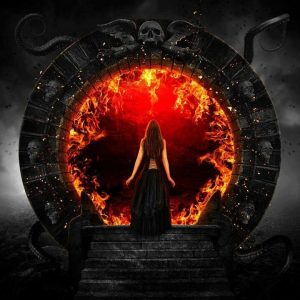
![]()

What if the gate was on top of a pyramid like structure, much like the Mayans/Aztecs, a pyramid with steps. At the top are some fallen columns but there are these tentacled structures and the eye is where the rift opens up? (Ancient Symbol B) We would of course be focused in on the rift itself and we would only see a small portion of the top of the pyramid but would love your feedback on this.

So then Liam sent me a very rough draft so we could start hammering out some broad strokes.
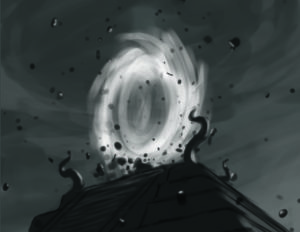
At this point, Liam and I discovered that we much preferred to talk over the phone if possible. We talked about adding a cultist for scale, adding some glyphs and lighting to the pyramid to make it a bit more magic-y.
Liam then sent me the first color draft with some additional details I was not expecting, which was awesome. It kicked off an idea that we implemented throughout the entire game that would help tie things together. The color of magic for the cult.

Then this is where I would add my thoughts via my AMAZING art skills with Microsoft Paint.

This would be followed up with a text version that would discuss in more detail what I was looking for and where the artist could take some liberties.
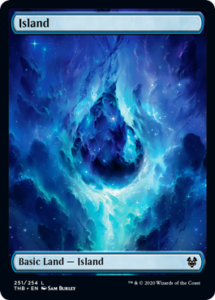
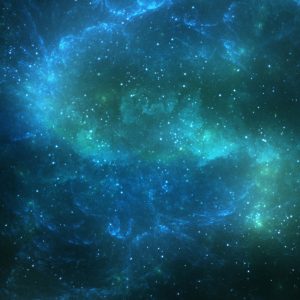
Liam was amazing at turning this idea into reality and after a couple tweaks, this is what we ended up with. He even added the eye shape from the symbol icon where the eye is on top of the pyramid. That was his idea. The cave was his idea. Man, just phenomenal work on his part. Liam is likely the best decision we ever made for Cult of the Deep.

Here are my thoughts back to him…
“Dude…that piece sings! Yeah, that piece is good. No comments. 🙂”
At this point you need to let the artist know you are done and it is time to move on.
Give and Take
Now each artist is going to have a different methodology. Liam happens to use grayscale and values to help him draw up the initial sketches which gives me a lot of information on how he wants to introduce light into the piece. Others do a simple sketch. Some people want the artist to have more control and that is okay too. Liam was very patient with me throughout this process as I learned a lot about being a better Art Director. It comes down to prep work and more prep work. You need to identify your most important pieces and also what your artist’s strengths are. Liam’s greatest strength is in drawing people. The faces, the colors, and so those were left toward the end of the project as we knew setting the scene and getting the props right would make working on people easier and he would be able to make amazing people quickly.
Driving Home – Final Thoughts
It’s important to know, each artist works differently. I know I said this already but it is imperative. The medium they work in, the process, their strengths and weaknesses; you have to be able to pivot when working with different artists. This is something I am still learning but I hope this look into art direction will help you in the process.
Good luck to you and happy art directing!
Value
Ed “Duke of BAzlandia”
Since I don’t have much to say on the art side of the house, I figured I would just give a brief thought on something I have been thinking about lately. I have been thinking a lot about value and what makes a board game valuable or determining its cost. It is an interesting thing. Most of what I hear is you take what it costs to manufacture and ship to your warehouse and then multiply that by a number and that is what you should be selling your game for. I would probably use that as a rule of thumb. It is just interesting to me that all of the other costs aren’t really factored in. The amount of work that goes into a game from design, art, graphic design, playtesting, quoting, shipping, and the list goes on. It is literally hundreds and hundreds of hours by multiple people. None of this is used as the basis. These are all calculated after the fact when determining price to make sure you can actually break even but it isn’t something where you add up all of the cost and then decide I am going to make X amount of money and then try to publish and sell the game. From a customer point of view, I never give it much thought. It isn’t an easy thing to do and more than likely you are lucky to break even.
This also assumes that the customer wants that particular game and is willing to pay that price. I like to drive around town and look at houses for sale. It is a little hobby of mine. As I have done so I have learned a few things about the pricing of housing. It is amazing what difference the location makes on a house. A house is sold on what the buyer and seller have agreed the house value is at. A house in a nicer area goes for me as the same house in a area that is more run down or is perceived as a bad area. A house can have value added by different features, etc. but most of the value is what someone is willing to pay. You can buy a large house for $100,000 that you couldn’t build for that much all due to the area the house is in. You may even buy your house and have to carry home owner insurance for several times what you paid for your house all due to the cost of rebuilding that house.
So what does this all have to do with board games? People value games differently just like houses. A board gamer just uses his taste and play preferences instead of location.
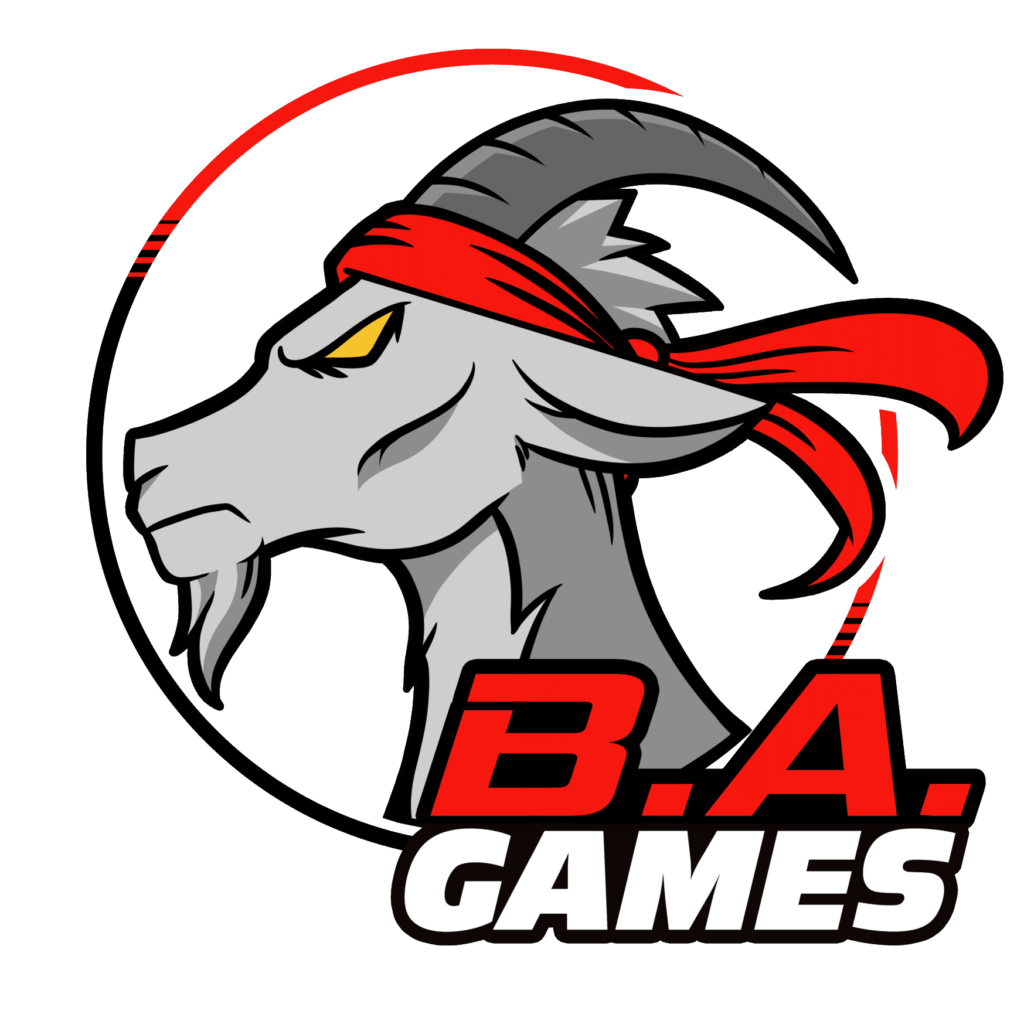
What happened with your backyard Catan setup? Were you able to pour all the hex forms?
Yeah, I did. Here is the previous post where you can see a few pictures. https://bagamesco.com/the-great-thing-about-the-board-gaming-hobby-is-upgrades/
Thanks for asking.